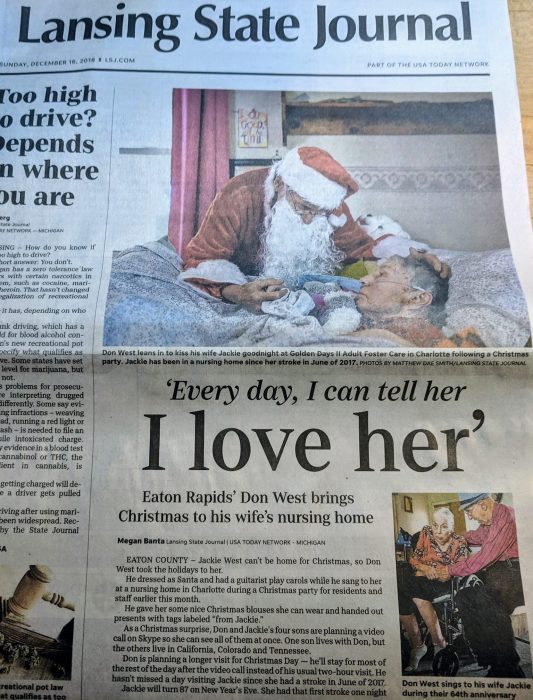<div class=”scripps_iframe_embed” style=”position:relative;”><div style=”display:block;width:100%;height:auto;padding-bottom:56.25%;”></div><iframe style=”position:absolute;top:0;left:0;width:100%; height:100%;” border=”0″ height=”100%” frameborder=”0″ webkitallowfullscreen=”” allowfullscreen=”” mozallowfullscreen=”” scrolling=”no” scrolling=”no” src=”http://assets.scrippsdigital.com/cms/videoIframe.html?&host=www.fox47news.com&title=Harmony%20Restorative%20Services%20-%209%2F23%2F20&m3u8=http://content.uplynk.com/8054c579c8be482cb570170333db06ed.m3u8&purl=/entertainment/shows/the-morning-blend/harmony-restorative-services-9-23-20&story=0&ex=1&s=wsym”></iframe></div>
Confused about roundabouts? You’re not alone.
Designed to reduce speeds and serious crashes, roundabouts also have a tendency to increase confusion among some drivers. As Michigan slowly joins other states in adding roundabouts, here are some facts and tips:
Traditional intersections are dangerous
About 37,000 people per year die in car crashes nationwide (including about 1,000 in Michigan), according to federal statistics. About 40 percent of all injury-related crashes occur at intersections, involving some 767,000 people.
Roundabouts are designed to slow traffic and eliminate the sharpest angles of turns that cause the most serious crashes. The tradeoff: At some roundabouts, less-serious sideswipes actually increase.



